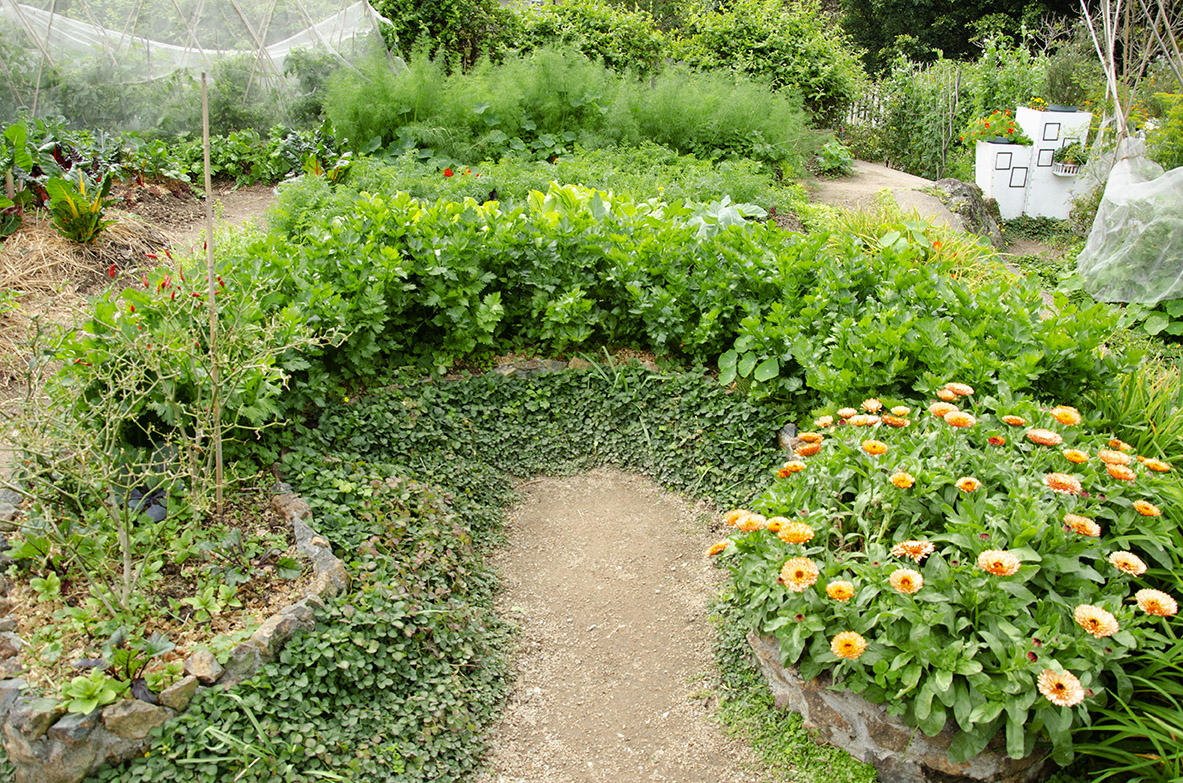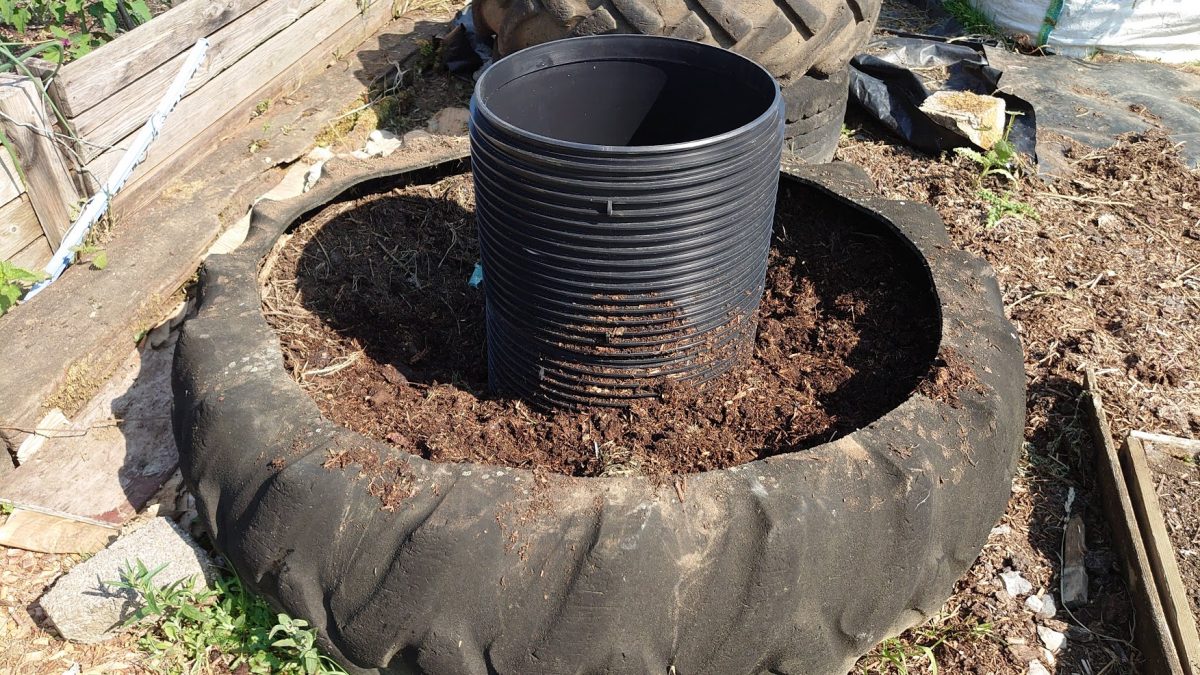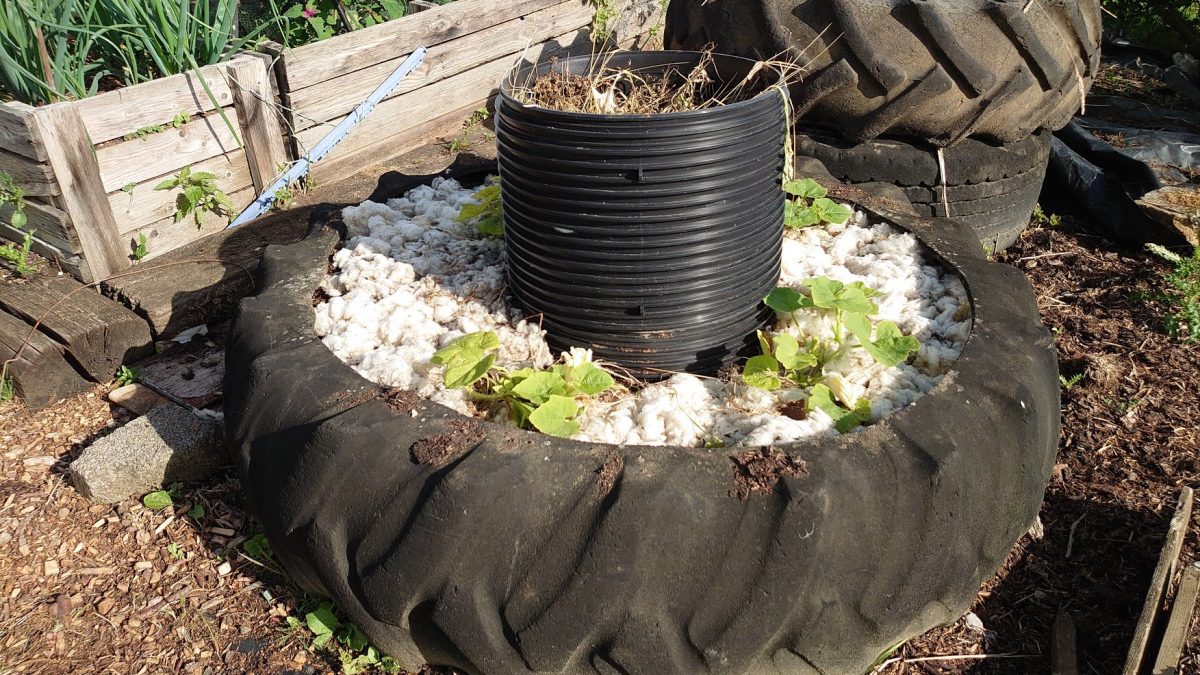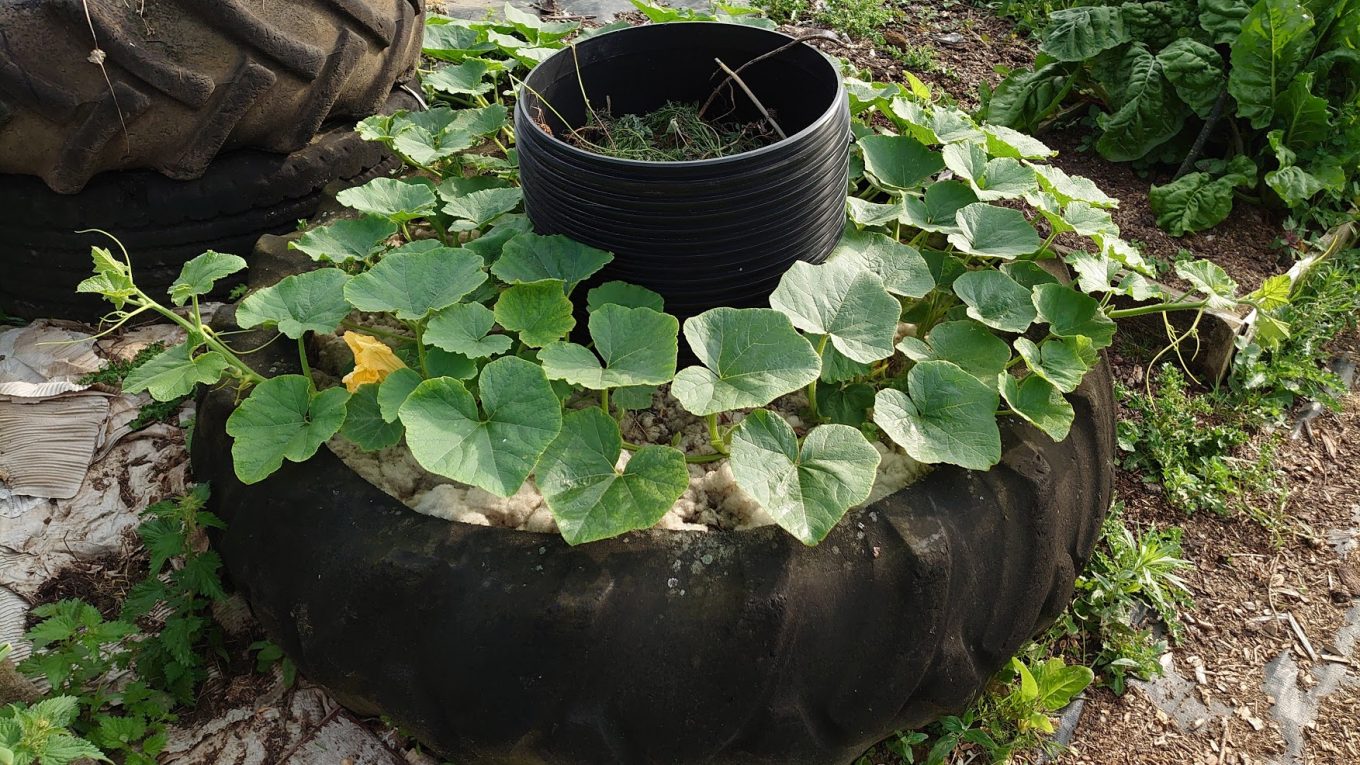My take on a keyhole garden
A keyhole garden is a raised circular vegetable garden with a cut out or keyhole on one side for ease of access with a compost bin in the middle. They originated in Southern Africa where they were made popular by the charity SendaCow and I saw some great examples in Kenya where they were used to grow salad vegetables. These keyhole gardens have enabled families to grow their own vegetables even when they live in areas with extreme climate and poor soil. They have become popular in some of the drier US states too.
The idea is simple. The raised bed gives ease of access. Its not more than an arm’s width so you can reach across. The centrally placed compost bin with an open bottom means you can recycle the garden waste and the nutrients can by used by the surrounding plants. The deep soil and compost helps to retain water, so its ideal for a dry climate. Often a family will pour their waste kitchen water into the bin to maintain moisture when it is too dry for the composting microbes to thrive. You can read some of the inspiring stories here https://sendacow.org/anna-tembo/
This is one I saw in a demonstration garden at Kadoorie Farm, an amazing organic farm in Hong Kong. This one, however, lacks the compost bin.

I have wanted to trial a keyhole bed for a while but never had the time to build a stone / brick wall. However, I had a couple of huge tractor tyres and I wanted to do something with them. Then I acquired a length of drain piping. And from that I decided to make my own style keyhole bed.

The tyre sits on the soil. I made some holes in the sides of the drainage pipe and placed it in the middle of the tyre. Then I placed some logs, branches, twigs at the bottom of the bed to provide a long-term supply of carbon and to help retain moisture (rather like a HugelKultur bed) and I backfilled the tyre with some well rotted compost. I planted up with squash as these greedy plants would benefit from the abundance of nutrients. Then I covered the surface with a mulch of wool to trap moist and (hopefully) keep the slugs at bay.

The main image shows the squash plants six weeks later, growing nicely with plenty of fruits.
It didn’t take me long to fill the compost bin! Hopefully by next spring the system will be self sustaining. I can use the compost from the bin to top up the bed while the liquid running off the fresh green material in the compost bin will feed the microbes and boost the plants.




